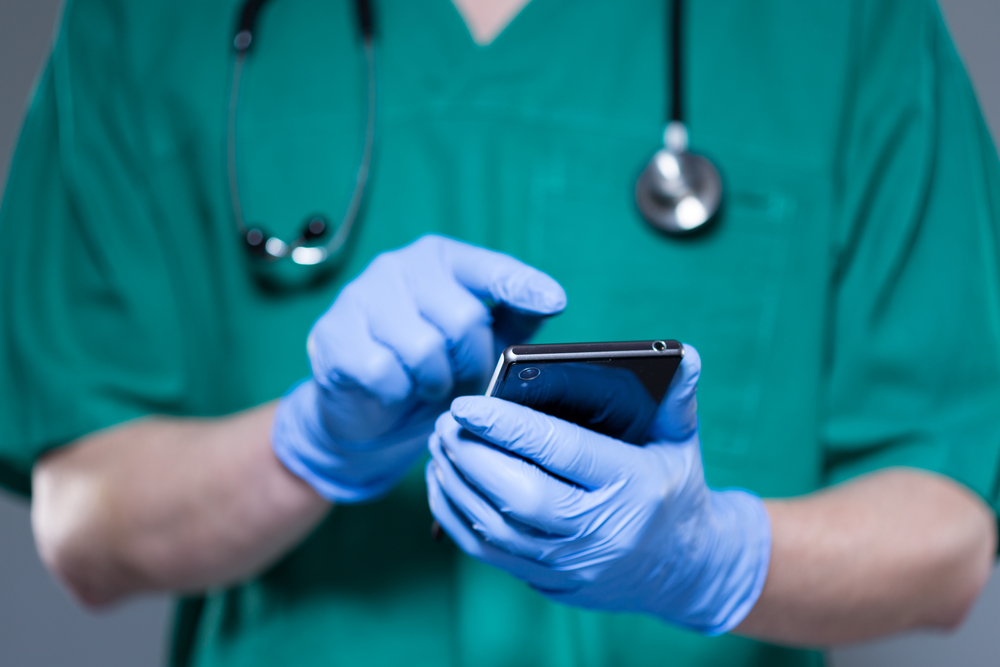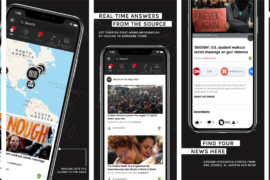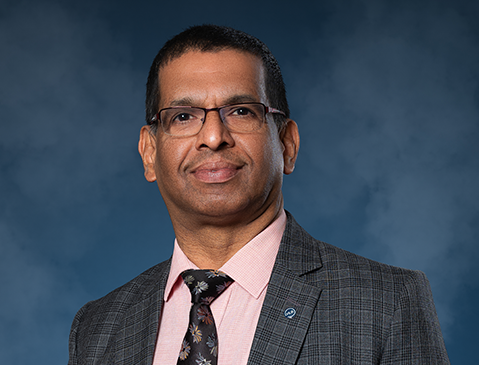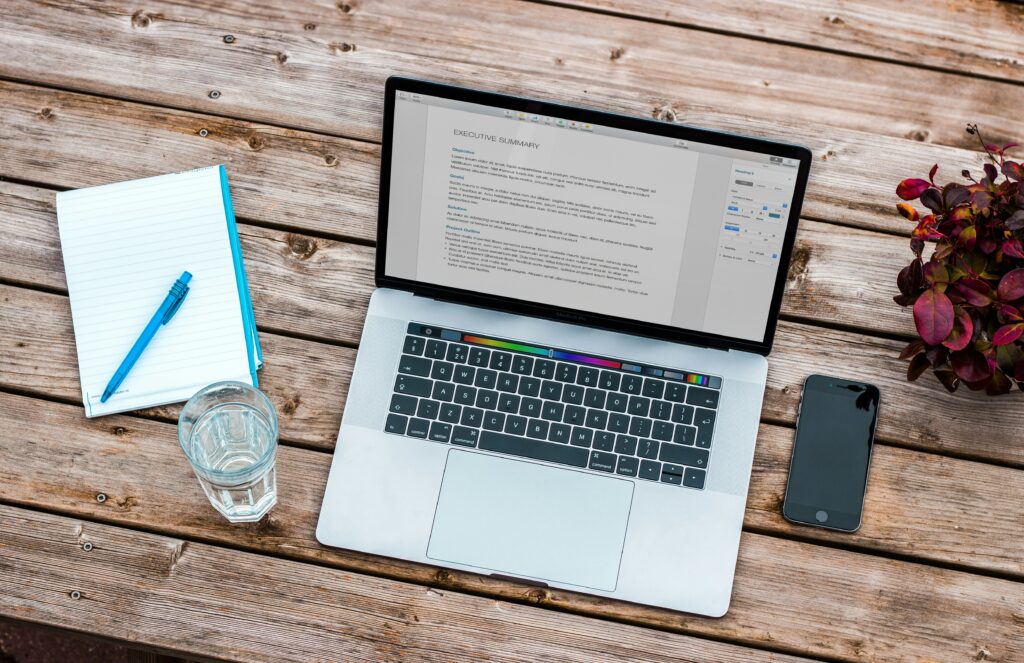Medical conditions are incredibly varied and even a rigorous medical degree can’t cover all of them. Often, being able to diagnose and treat a rare disease or symptom comes from years of experience, or simply being in the right place at the right time.
Figure1 is an educational social media platform for verified health professionals to compare medical cases and give and receive advice on patients and treatments. The platform is used by medical giants such as Doctors Without Borders, BMJ and Mount Sinai Health System. It has been used in real-world settings beyond hospital walls like in Syrian refugee camps and on remote Alaskan fishing boats.
Often dubbed ‘Instagram for Doctors,’ the platform allows de-identified photo uploads and can be seen by health professionals across the world. It can also be used to demonstrate cutting-edge techniques, improving medical knowledge without the need for costly or time-consuming additional courses. Co-founder Joshua Landy spoke to The Fast Company and described the educational possibilities of the app.
“They can learn in real time from other people experiencing and seeing cases,” he told the online magazine. “If you’re seeing a case, you can take a picture of it, you can describe it and ask for help, and you can even page a specialist.”
The internet has had a huge effect on our society, and Figure1 is utilising this to save lives. In one of the ‘top medical cases of the year’ posts on the startup’s blog, a doctor working in a Syrian refugee camp uploaded a picture of a skin lesion and soon after he got a response helping him towards the diagnosis from an internal medicine resident in Vancouver.
Landy told The Fast Company that before Figure1 doctors and nurses were already sending messages to each other to ask questions about difficult cases, but they could only message people they knew and there was no way of keeping the information as a learning tool.
“What they’re not doing is saving those pieces of information: those interesting cases, those teachable moments, that sometimes happen at 4 in the morning when you’re alone,” he said. “There’s no current way, or there hadn’t been [before Figure 1], any way to archive these great educational assets.”
Of course, one of the first questions asked about the app is how they guarantee patient privacy. There is a multi-step process, with AI first automatically blocking faces, and doctors are able to block other identifying features such as tattoos, which is completely removed from the image rather than just being obscured. Then, the image is vetted by the company’s medical officer and a team of moderators to ensure the patient is not identifiable.
The doctors or nurses must ask for consent and upload a signature of the patient to prove their compliance, and images can be taken down at any time by any participant if there are any worries about privacy.
“Almost every patient I’ve asked is interested in having the images shared as long as they’re being shared in the interest of education and being able to help people who are in similar circumstances,” Landy told The Fast Company. “Obviously if someone says no, that’s pretty much the end of the conversation; the first principle of medical ethics is pretty much patient autonomy.”
Last year, the company raised $10 million in funding, which now stands at just over $23 million. They wrote in their blog that in the future they plan to expand the reach of the app by adding healthcare professionals to extend the knowledge base, as well as building on their case intelligence, making the resources wider and easier to access.
“And we’ll continue to do this via a free platform, available to every healthcare professional, at any time of day and no matter where they practice,” the company wrote.
Often, when medical professionals encounter the many bizarre cases that the human body can come up with, (from inhaled earrings to hairy eyeballs) they publish a case report, giving information to add to scientific research or to help doctors in the future. However, these studies require time, which the majority of doctors and nurses just don’t have, and they are often published after the patient has been treated.
More modern solutions have been created, for example, UptoDate, which is a clinical decision support resource. The platform critically reviews medical literature to provide a database of clear, current articles that can aid health professionals diagnose their patients.
Dynamed is another resource that is partnered with online medical resource company EBSCO Health to provide a similar database of material. However, Landy spoke to the BBC saying that he doesn’t see either of these companies as threats.
“UpToDate is an app I love, and have used for years,” he told the media outlet. “However, they have a highly curated repository of articles written and edited by experts in the field. What our app does is provide the opportunity to contribute any case no matter how classic or unusual. Ours is all image-based.”
Figure1 is a surprisingly simple platform to exchange technically very complex ideas and potentially save lives. Medicine is complex, and textbooks and articles can be dense and difficult to understand.
Figure1 also posted a medical story where a nurse couldn’t visualise what was happening in one of her patients, who had heart defects. A doctor picked up a pencil and drew a diagram, helping her have a better understanding of the situation.
Simple is better, especially when you’re working 12-hour shifts.












